Urijip Tteokbokki (우리집떡볶이)
9.2Km 2020-04-09
217-1, Dasan-ro, Jung-gu, Seoul
+82-2-2232-4531
Opened in 1979, Urijip Tteokbokki has operated for over 30 years in the same location. This restaurant has a spacious basement area which can accommodate up to 100 people. The restaurant is especially popular among Japanese tourists.
Himesiya (히메시야)
9.2Km 2021-03-18
40, Changgyeonggung-ro, 26-gil, Jongno-gu, Seoul
+82-70-4187-4569
This is a Japanese cuisine located in Changgyeonggung Palace, Seoul. This restaurant specializes in Japanese rice bowls with toppings. The best menu at this restaurant is katsudon.
Podowon Samgyetang (포도원삼계탕)
9.2Km 2021-03-18
41-5, Changgyeonggung-ro26-gil, Jongno-gu, Seoul
+82-2-743-6541
This is a Korean cuisine located in Daehak-ro, Seoul. The best menu at this restaurant is ginseng chicken soup. It sells Korean healthy cuisines.
I Love Sindangdong Tteokbokki (아이러브신당동떡볶이)
9.2Km 2020-04-10
50, Toegye-ro 76-gil, Jung-gu, Seoul
+82-2-2232-7872
I Love Sindangdong Tteokbokki is a tteokbokki (spicy rice cakes) restaurant opened in 2001 when seven tteokbokki restaurants with over 25 years of history joined together. A DJ plays music and tells stories to the guests. The restaurant also features a stage with an acoustic guitar for live performances. Order and delivery service is available via the website.
Mayfield Hotel (메이필드호텔)
9.2Km 2021-10-09
94, Banghwa-daero, Gangseo-gu, Seoul
+82-2-2660-9000
Mayfield Hotel, located near the forest, provides a view of the changes in the sceneries throughout the year. The hotel connects the city to the airport, being only 5 minutes from Gimpo International Airport and 30 minutes from Incheon International Airport. The hotel has 8 building structures in a large 105,785.60 ㎡ plot of land. The main building with 6 floors and a basement floor has guestrooms, a lounge, a western restaurant, a traditional Korean restaurant, and an outdoor lounge. Conference Building has large halls for international conferences and various events, while another building is for weddings and wedding receptions.
The hotel offers a wide variety of rooms from one of its 202 cozy rooms including ondol rooms and suite rooms. Subsidiary facilities include a fitness center, a botanical garden and more.
Nak Won - Mayfield Hotel (낙원 (메이필드호텔))
9.2Km 2020-05-08
94, Banghwa-daero, Gangseo-gu, Seoul
+82-2-2660-9010
Nak Won is a Korean restaurant located in a natural setting. It has a large clean hall and traditional Korean-style rooms for family, business, and other forms of group dining. Nak Won has a large garden with trees and grass. It’s been specializing in galbi for 26 years.
Bongraeheon (Mayfield Hotel) (봉래헌(메이필드호텔))
9.2Km 2020-04-28
94, Banghwa-daero, Gangseo-gu, Seoul
+82-2-2660-9020
Bongraeheon serves savory royal Korean dishes in a great natural environment. It was designated a Proud Korean Restaurant in 2007 by the Seoul Metropolitan Government. It is located in a traditional Korean building built by Lee Il-gu, a master carpenter and Human Cultural Property who participated in the restoration of Gyeongbokgung Palace. With high ceilings, the whole building has a soothing smell of pine. It’s a popular place for business dining as well as the first meeting between the parents of soon-to-be bride and groom. The restaurant specializes in course meals including gujeolpan, geonoljeolpan, sinseonno, jeonbokcho, hanbang kkorijjim, and stone baked mushrooms.
Geunal Urineun (그날우리는)
9.2Km 2021-03-18
29, Daehak-ro, 9-gil, Jongno-gu, Seoul
+82-2-764-4697
This is a Korean cuisine located in Daehak-ro, Seoul. The best menu at this restaurant is grilled sea eel. It sells grilled hagfish, which Koreans eat a lot for health in summer.
Yennal Yeongil Naengmyeon (옛날연길냉면)
9.2Km 2021-03-18
31, Jong-ro, 46-gil, Jongno-gu, Seoul
+82-2-747-8898
This is a Korean cuisine located in Dongdaemun Gate, Seoul. A restaurant run by a Chinese. The best menu at this restaurant is cold buckwheat noodles.
Porte Heunginjimun (흥인지문)
9.2Km 2023-04-26
288, Jong-ro, Jongno-gu, Seoul
Département culture et tourisme de l'arrondissement Jongno-gu : +82-2-2148-1842
La porte Heunginjimun a été construite pour protéger Hanseongbu, lieu de gouvernance historique du pays. La porte Heunginjimun était la porte à l'est de la muraille de Séoul parmi les 8 portes de l'édifice. Elle est aussi appelée la porte Dongdaemun. La porte fut construite durant la 5ème année de règne du roi Taejo en 1396 puis réaménagé durant le règne du roi Danjong en 1453. Elle fut reconstruite en 1869 durant la sixième année de règne du roi Gojong. Elle est un symbole de l'architecture de la fin de la période de la dynastie Joseon.

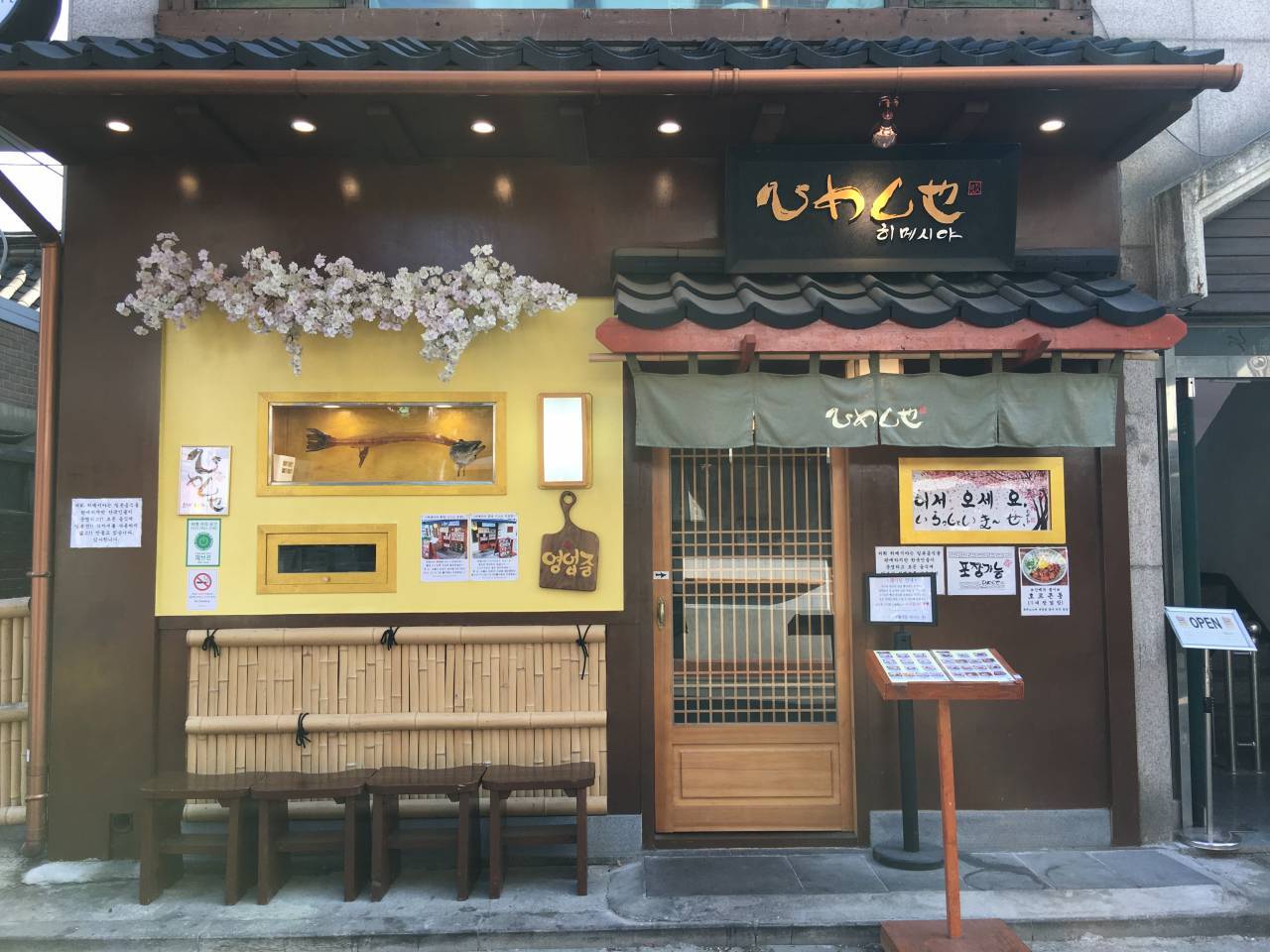


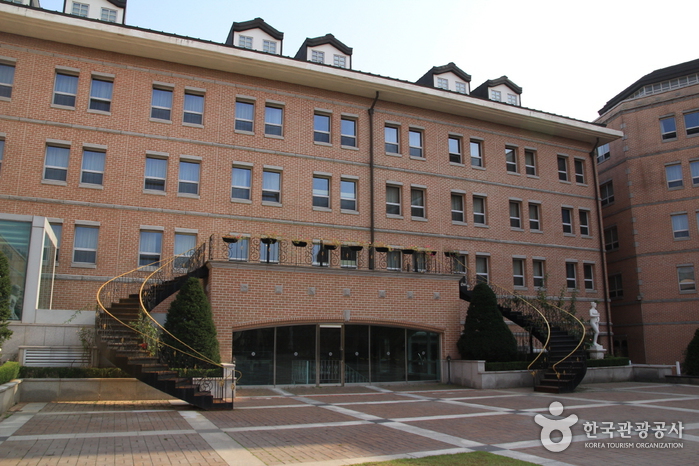
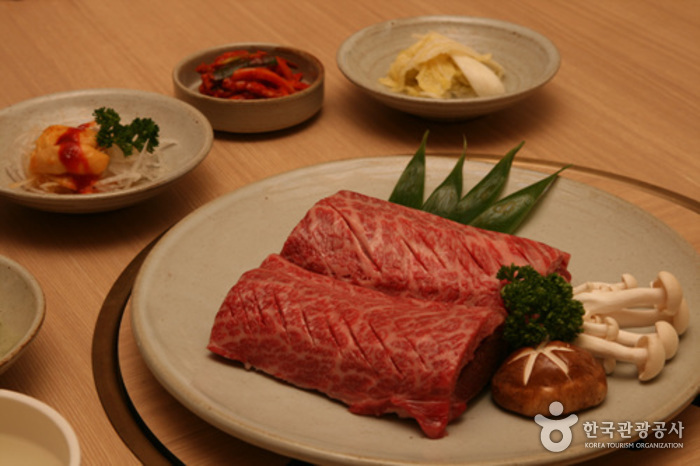
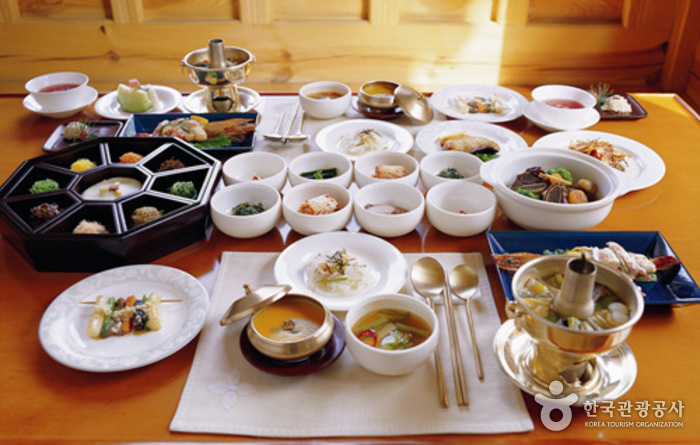
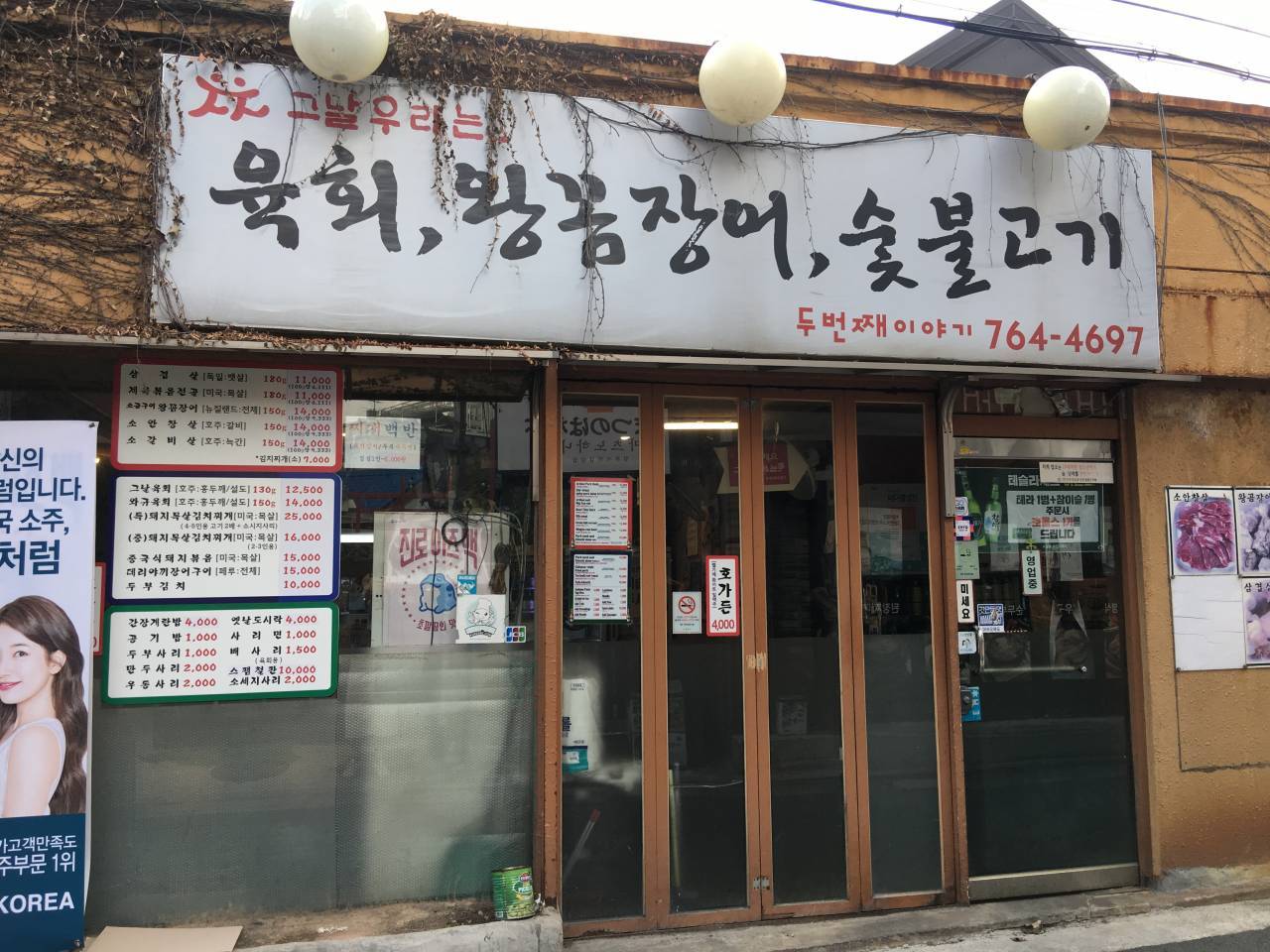

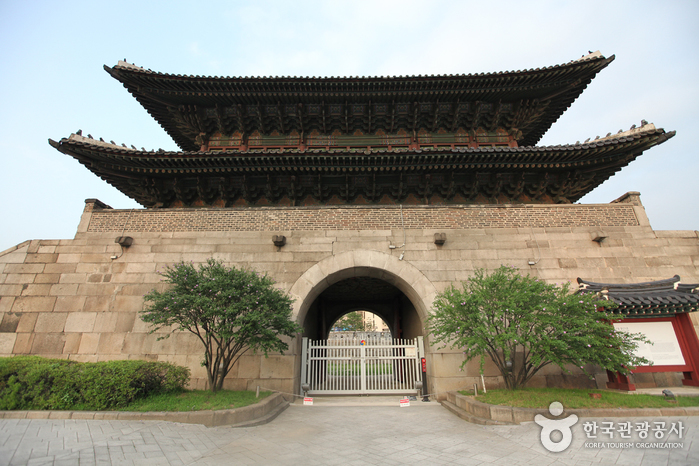
 Français
Français
 한국어
한국어 English
English 日本語
日本語 中文(简体)
中文(简体) Deutsch
Deutsch Español
Español Русский
Русский